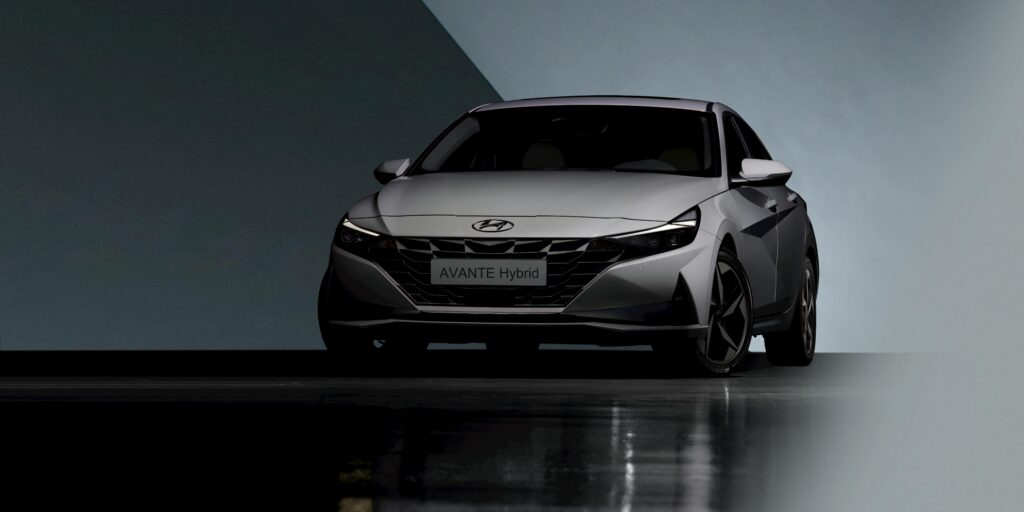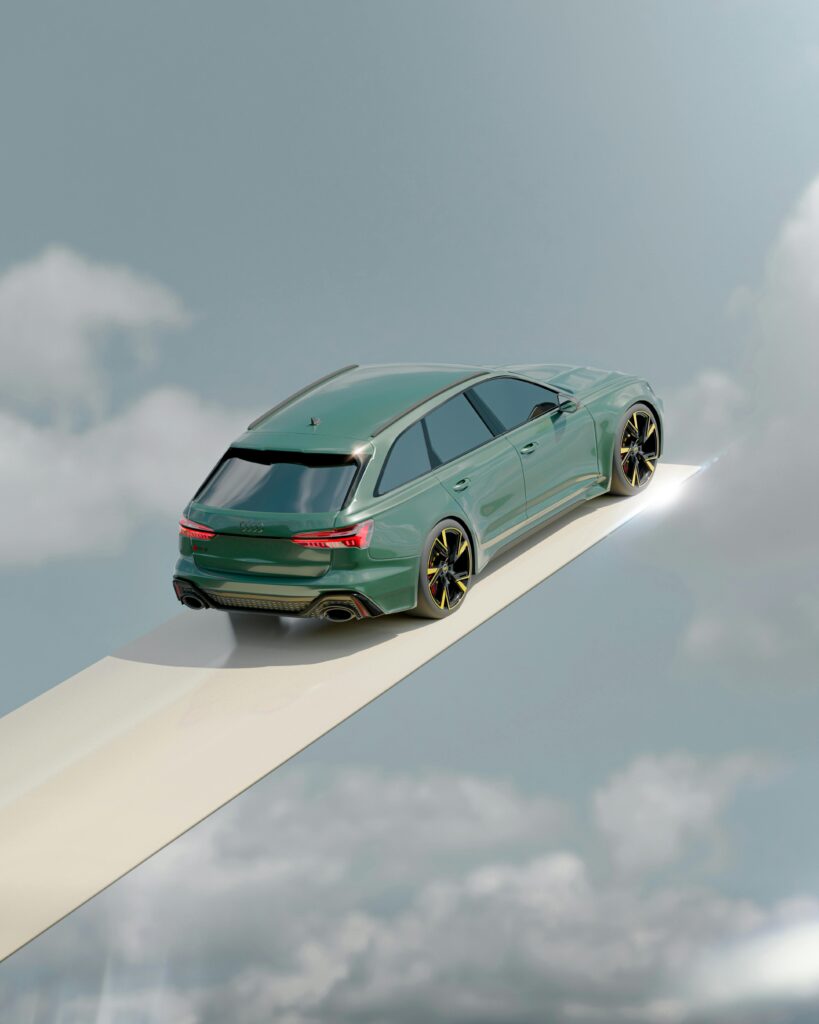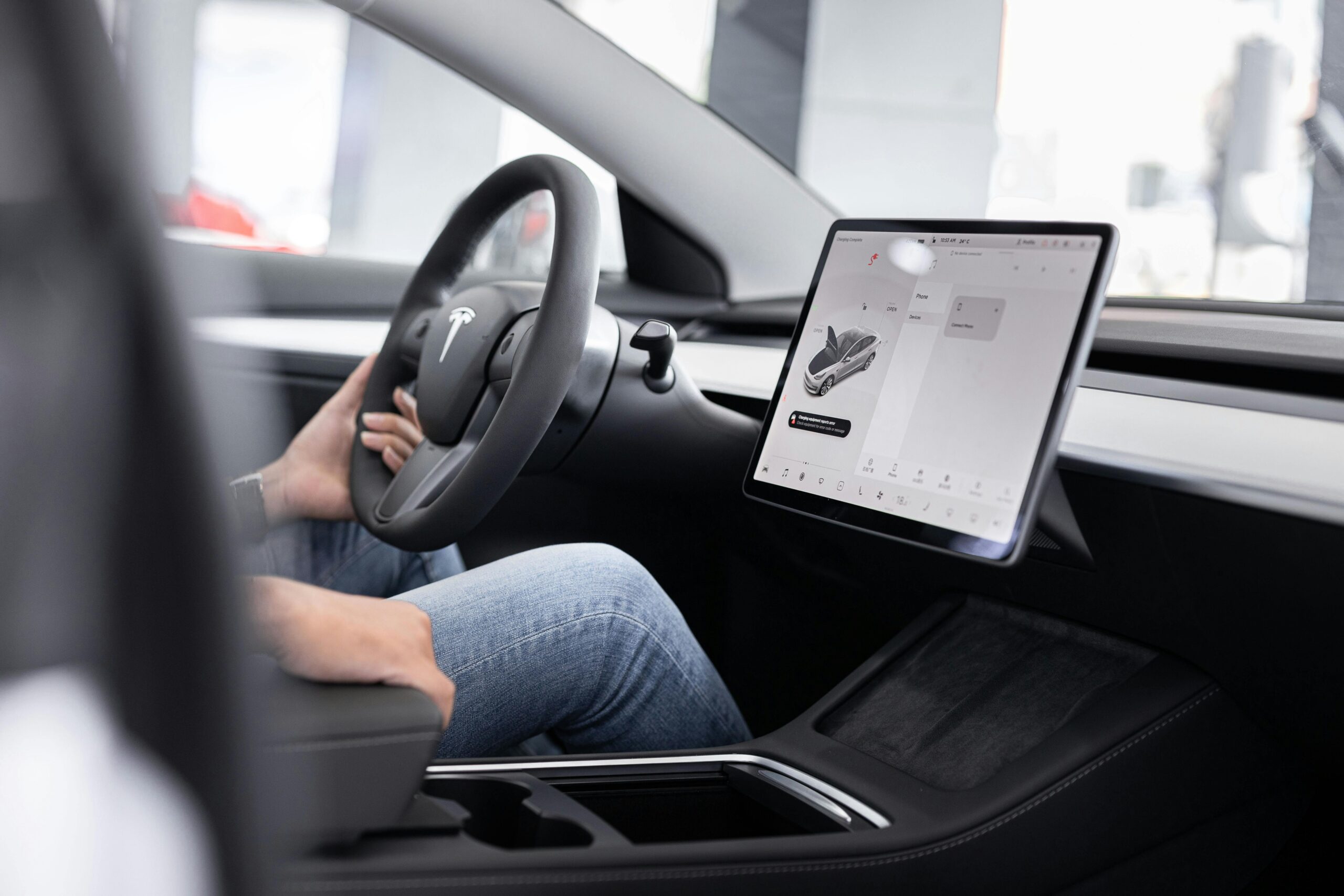The Era of Auto Intelligence
The automobile is no longer just a machine—it is an evolving organism. Once powered solely by combustion and craftsmanship, cars have transformed into dynamic digital ecosystems. Beneath their sculpted exteriors now pulse algorithms, sensors, and data streams that think faster than any human.
Artificial intelligence has become the beating heart of this evolution, blurring the line between human cognition and mechanical precision. It redefines what it means to drive, to move, to connect. The road ahead is no longer a stretch of asphalt; it’s a neural network of intelligence and innovation.
Understanding “Auto In”: The Convergence of Automation and Innovation
At its core, “Auto In” represents more than automation—it symbolizes intuition fused with engineering. It is the embodiment of vehicles that perceive, predict, and respond in harmony with human intent. Auto In is where data becomes instinct and machines begin to understand emotion.
The future of driving belongs to the seamless union between human and machine. As control becomes collaboration, cars will no longer be driven—they will co-navigate. This fusion creates a rhythm of trust, a choreography between driver and intelligence that redefines mobility itself.
The Rise of Intelligent Vehicles
The journey from manual to autonomous has been one of bold imagination. Steering wheels once guided muscle and reflex; now, they interface with cognitive systems capable of processing millions of variables per second.
These intelligent vehicles are not static. They learn. Each journey refines their understanding of terrain, weather, and human behavior. They evolve continuously, building an ecosystem of perpetual improvement that pushes mobility toward sentience.
Core Technologies Powering the Auto In Revolution
Artificial intelligence forms the neural fabric of Auto In. Deep learning models translate sensory input into decisions measured in milliseconds. These algorithms can anticipate motion, detect anomalies, and adapt to unpredictable road conditions with uncanny precision.
Sensor fusion—the integration of radar, LiDAR, ultrasonic, and camera data—creates a panoramic perception of the environment. Each sensor contributes a distinct perspective, forming a symphony of spatial awareness.
Meanwhile, edge computing ensures these insights are processed instantly within the vehicle, enabling real-time analytics that minimize latency and maximize safety.
Connectivity: The Heartbeat of Smart Mobility
In the world of Auto In, every vehicle is a node within a living network. Vehicle-to-everything (V2X) communication allows cars to converse with traffic lights, other vehicles, and even pedestrians’ mobile devices.
As 5G and future ultra-broadband networks proliferate, connected ecosystems will become hyper-responsive. Data will flow with near-zero delay, allowing vehicles to foresee congestion, reroute instantly, and maintain synchronized movement within traffic streams.
Autonomous Driving: Redefining the Rules of the Road
Autonomous driving has become a new lexicon of freedom. From driver assistance systems that enhance safety to fully self-driving vehicles that redefine travel, the spectrum of autonomy is vast. Each level marks a milestone in humanity’s gradual handover of control.
Yet autonomy is not only technical—it is psychological. Trust must be earned. Drivers must believe in the machine’s capability as much as their own reflexes. The future of self-driving relies on this delicate bond between human confidence and artificial precision.
The Human Element in Intelligent Driving
Even in a world of algorithms, the human touch remains vital. Intelligent vehicles adapt to each driver’s habits—braking sensitivity, cornering preference, even mood.
Voice recognition and natural language processing turn cabins into conversational spaces. Commands become casual dialogue. The car listens, interprets, and responds, transforming steel and silicon into a companion that understands context and tone.
The Role of Data in Auto In Ecosystems
Data is the new fuel of intelligent mobility. Every journey generates torrents of information that feed performance optimization, predictive maintenance, and safety analysis.
However, this data-driven world presents complex challenges. Privacy must be guarded with the same rigor as safety. Transparent governance of user information will determine how deeply society embraces the Auto In revolution.
Smart Infrastructure: Cities Built for Auto Intelligence

Photo by Pixabay / Free to use under license.
The cities of tomorrow are being reimagined for autonomous harmony. Smart infrastructure—traffic lights with sensors, adaptive lanes, and intelligent intersections—creates an environment where machines move with mathematical precision.
Smart roads embedded with IoT devices will relay weather updates, detect hazards, and communicate with nearby vehicles, ensuring smoother, safer traffic flow. Urban planners now design cities not just for people, but for the intelligent systems that transport them.
Sustainability Meets Automation
Electric power and autonomy are the twin pillars of sustainable innovation. Together, they promise cleaner air, quieter streets, and efficient energy use.
By leveraging adaptive routing and machine learning, intelligent vehicles can minimize fuel waste, optimize energy consumption, and reduce emissions across entire fleets. Sustainability, once an aspiration, becomes a mathematical certainty.
The Changing Face of Automotive Design
Automotive design is undergoing a metamorphosis. Interiors once dominated by buttons and levers now embrace minimalism and digital purity. Dashboards morph into interactive glass panels, while haptic feedback and ambient lighting replace mechanical switches.
Designers now craft experiences rather than structures. The focus shifts from horsepower to harmony—from aesthetics to atmosphere.
Safety Innovations that Think Ahead

Photo by pexels / Free to use under license.
Modern safety systems no longer react; they anticipate. Predictive collision avoidance utilizes AI to foresee potential threats and act before they occur.
Situational awareness systems monitor 360 degrees, analyzing movement, proximity, and intent. With AI-enhanced reflexes, vehicles react faster than human nerves ever could—an evolution that saves lives in milliseconds.
The Future of Car Ownership in the Auto In Age
Ownership is becoming an outdated concept. Access models—subscriptions, sharing, and on-demand fleets—are transforming how individuals experience mobility.
Digital identity plays a key role, allowing vehicles to recognize users instantly and tailor every setting to their preferences. In this future, mobility becomes personal, frictionless, and fluid.
Economic Impact of Auto In on the Automotive Industry
Automation is reshaping every link in the automotive value chain. From AI-driven manufacturing to robotic assembly lines, efficiency and precision have reached unprecedented levels.
New business models are emerging: mobility-as-a-service (MaaS), data monetization, and ecosystem collaborations between automakers and tech giants. The economics of motion is being rewritten.
Challenges and Ethical Dilemmas in Intelligent Mobility
The ethics of autonomy remains a profound challenge. When machines must make moral decisions—who to protect, what to prioritize—philosophy meets code.
Liability in a driverless world also blurs traditional boundaries. Manufacturers, programmers, and policymakers must together define accountability in an era where human error is no longer the default cause.
The Role of Regulation and Policy
Regulators around the world are racing to keep pace with innovation. Laws must evolve to accommodate self-driving technologies while maintaining public trust and safety.
The balance between freedom to innovate and the need for oversight will determine how quickly societies transition to autonomous mobility.
Consumer Perception and Adoption Barriers
Despite technological leaps, skepticism lingers. Many still question whether machines can truly replicate human intuition.
Education, transparency, and real-world performance will bridge this gap. As drivers witness the reliability and safety of intelligent systems, acceptance will transform from hesitation to enthusiasm.
Integration with Other Smart Technologies
Auto In is not an isolated revolution. It connects seamlessly with smart homes, wearable tech, and the broader Internet of Things.
Imagine vehicles communicating with thermostats, calendars, and devices—preparing routes, adjusting environments, syncing daily routines. It’s not just mobility; it’s orchestration of life through technology.
The Global Race for Auto Intelligence Leadership
Nations are vying for dominance in the autonomous revolution. North America leads in AI innovation, Europe emphasizes regulation and sustainability, while Asia pioneers large-scale integration and infrastructure.
This global race fuels rapid advancements, fostering cross-border collaboration that accelerates the future of mobility.
Looking Ahead: The Road to Full Autonomy
The next decade will witness the convergence of technology, policy, and culture into a unified mobility ecosystem. Fully autonomous transportation will reshape economies, redefine logistics, and revolutionize urban life.
Auto In will not merely transport people—it will transport possibilities.
Conclusion: Embracing a New Kind of Freedom
Intelligent mobility transcends convenience; it represents liberation. It redefines safety, efficiency, and environmental responsibility, granting humanity a renewed sense of control—by letting go of control.
As machines learn to think and humans learn to trust, the road ahead gleams with promise. Auto In is not the end of driving. It is the beginning of intelligent movement—a journey toward a world that moves in perfect harmony with itself.




